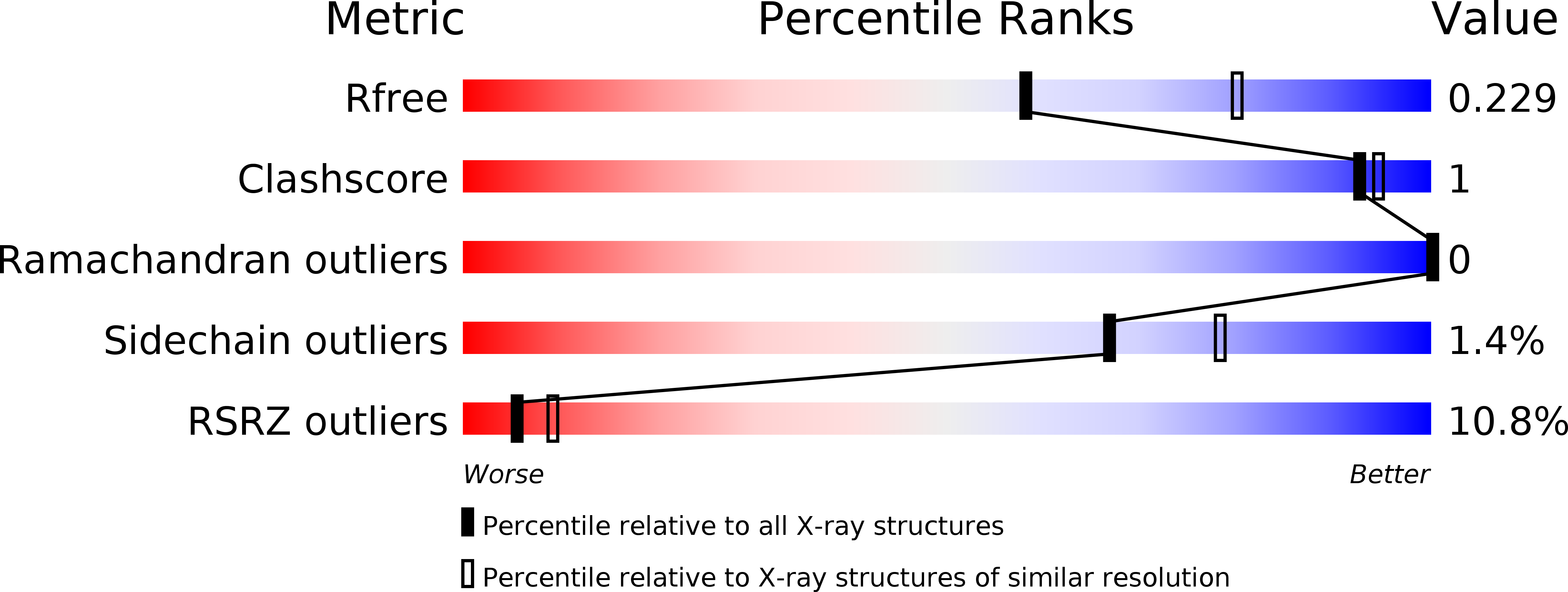
Deposition Date
2016-10-28
Release Date
2017-01-25
Last Version Date
2024-05-08
Entry Detail
PDB ID:
5M7P
Keywords:
Title:
Crystal structure of NtrX from Brucella abortus in complex with ADP processed with the CrystalDirect automated mounting and cryo-cooling technology
Biological Source:
Source Organism:
Brucella abortus str. 2308 A (Taxon ID: 641140)
Host Organism:
Method Details:
Experimental Method:
Resolution:
2.36 Å
R-Value Free:
0.22
R-Value Work:
0.19
R-Value Observed:
0.20
Space Group:
C 2 2 21


